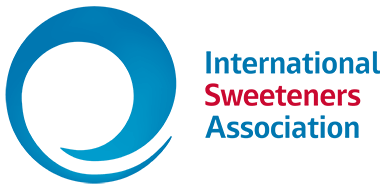Abstract
Data on current use levels of E950 acesulfame K, E952 cyclamic acid and its Na and Ca salts, E954 saccharin and its Na, K and Ca salts, E955 sucralose and E957 thaumatin, have been collected by the European food and drink industry in response to an EFSA call for data in support of its upcoming review of low/no calorie sweeteners (LNCSs). Careful evaluation of these data is necessary to allow for reasonably realistic estimations of consumer intake. Consumer patterns of product use and in particular of “niche” products, which are not likely to represent general LNCS exposure, are important to consider. Market survey data can identify food categories where the frequency of use of a given LNCS is so low as to represent a niche use of the product. The subsequent incorporation of information about these niche products can provide a relevant improvement in obtaining realistic exposure calculations. Using this approach, estimates of exposure are found to be comparable with previously published papers on intake and show levels generally below current ADIs, for most population groups.
Summary
Low/no calorie sweeteners are sweet-tasting food ingredients with no, or virtually no, calories, used to confer sweetness to foods and drinks while contributing very little or no energy to the final product. Before being approved for use on the European market, the European Food Safety Authority (EFSA) carefully evaluates each sweetener to ensure it is safe for use.
Following the European Food Safety Authority (EFSA) call for data on food additives usage level and/or concentration in food and beverages, including of E950 acesulfame K, E952 cyclamic acid and its Na and Ca salts, E954 saccharin and its Na, K and Ca salts, E955 sucralose and E957 thaumatin, this study provides new exposure estimates based on new available data and updated dietary exposure methodologies.
The authors concluded that, following the ‘niche uses strategy’, estimates of exposure for the examined sweeteners are generally found to be well within current Acceptable Daily Intakes ADIs for most population groups.

